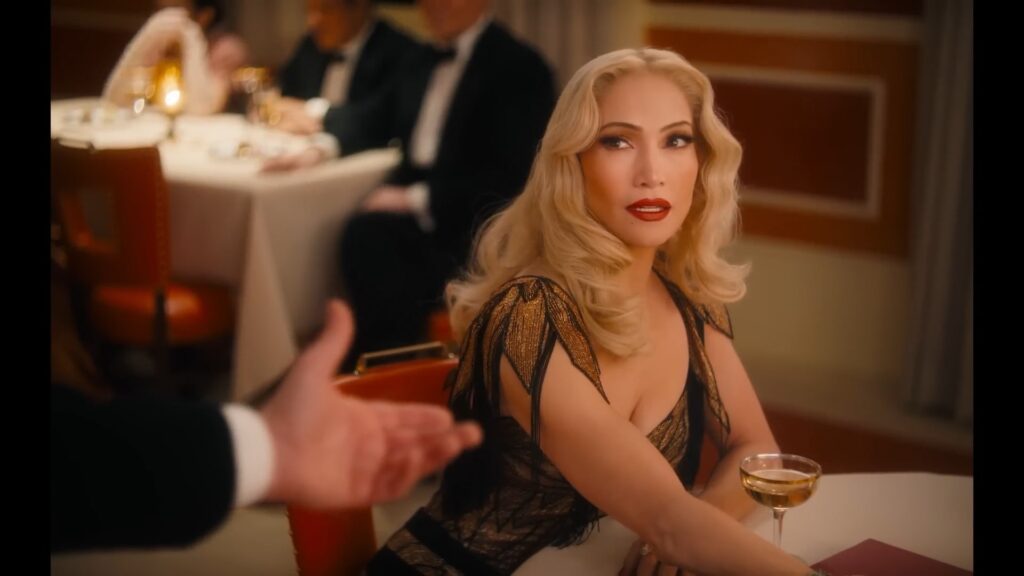Search for lenses, articles and help
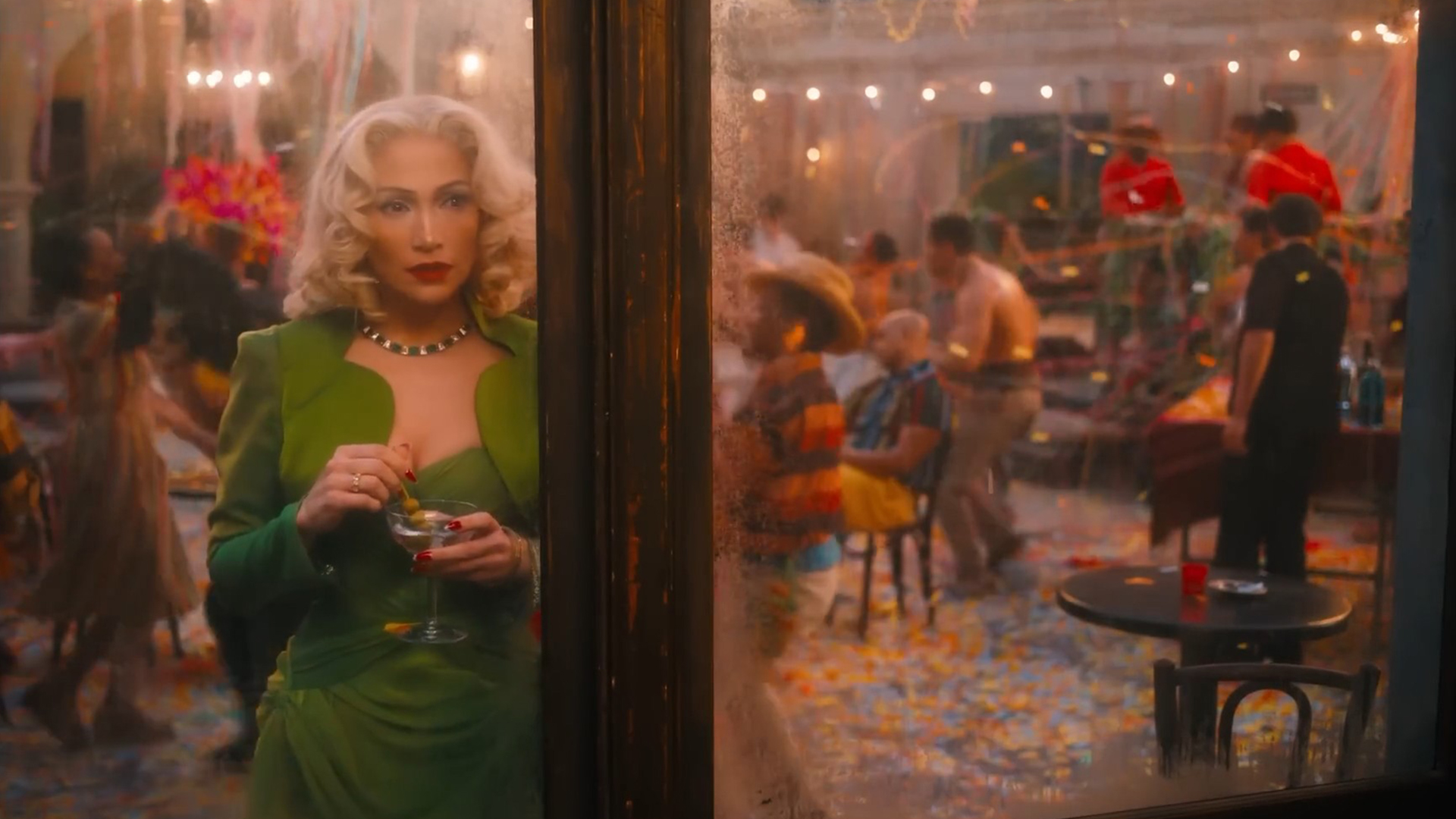
‘Kiss of The Spider Woman’ is an upcoming American musical drama film based on the stage musical by Broadway stalwarts Terrence McNally, John Kander and Fred Ebb. Jennifer Lopez stars in the titular role alongside Diego Luna who plays Valentin, a political prisoner who shares a cell with a window dresser convicted of public indecency, Molina – played by Tonatiuh. The two form an unlikely bond as Molina recounts the plot of an old Hollywood musical starring his favourite silver screen diva – Ingrid Luna (Lopez).
The film premiered at the Sundance Film Festival in January 2025 to positive and excited acclaim and is set to be released theatrically in the United States on 10th October 2025. The film marks cinematographer Tobias A. Schliessler ASC’s seventh collaboration with director Bill Condon, which has been flourishing since 1995 and includes the other musicals ‘Dreamgirls’ and ‘Beauty and the Beast’.
Schliessler graciously spoke with Cooke Optics about his use of the Panchro/i Classic FF lenses on this mesmerising production.
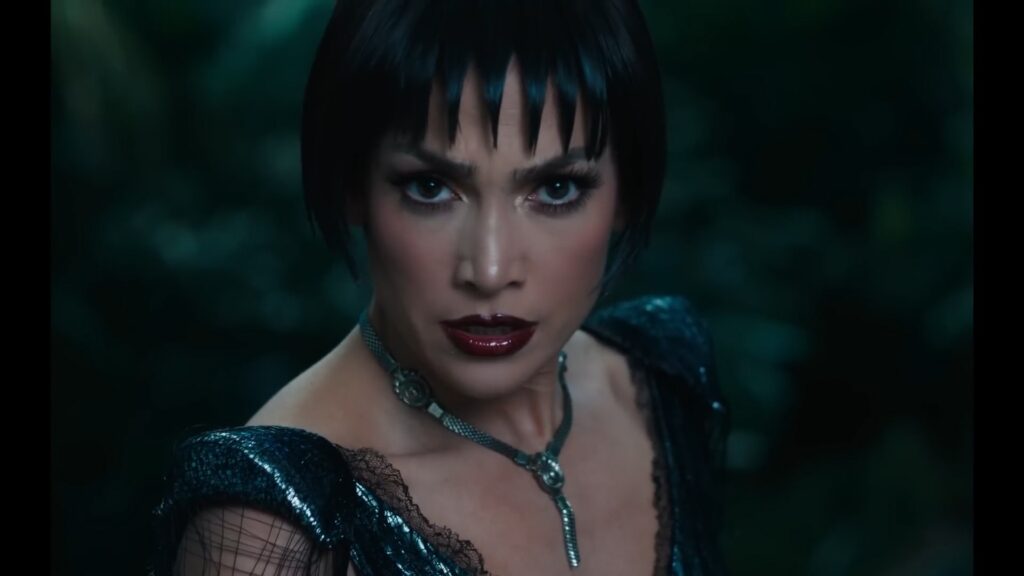
The film moves between two distinct realities: an Argentinian prison in 1983 during the Dirty War, and the vibrant Technicolor dream world that comes alive with Molina’s retelling of his favourite musical. For the Technicolor sequences there was a desire to stay true to the musicals of that golden era. In this regard Condon’s encyclopaedic knowledge of film history proved invaluable and he assembled hundreds of references which included ‘An American In Paris’, ‘Cover Girl’, and ‘Singin’ in the Rain’. These became a creative bible which established strict rules for camera movement, composition and lighting.
“The challenge was resisting my instincts for how I’d normally approach a modern musical sequence, but I found real joy in working within those period-specific boundaries to create something visually faithful to the era.”
In contrast, the prison scenes demanded a completely different approach. “We needed the audience to feel trapped alongside Valentin and Molina, sharing their intimate, claustrophobic world. My biggest inspiration came from Jacques Audiard’s ‘A Prophet’ – the way Audiard and cinematographer Stéphane Fontaine captured the raw, unforgiving reality of prison life was exactly the authenticity we were after for these scenes.”
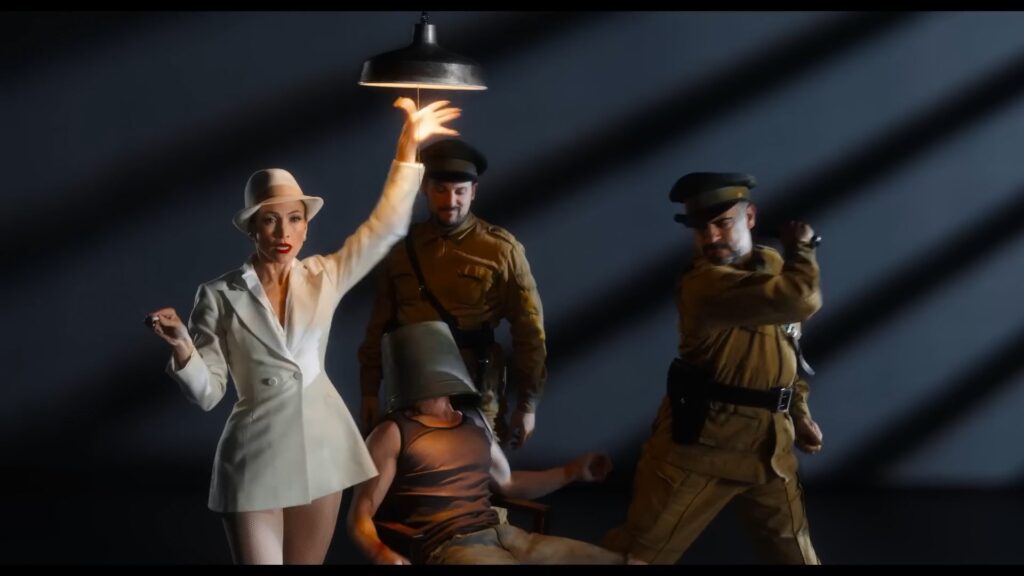
Schliessler sings the praises of Condon’s inherently collaborative nature which sees the cinematographer included in every creative conversation from the first day of pre-production. Very early meetings with department heads ensured everyone became aligned as quickly as possible. An abundance of visual references were shared between the director and cinematographer along with production designer Scott Chambliss and costume designer Colleen Atwood to succinctly develop a shared visual language.
In musicals, the choreographer is a crucial creative voice. Under Condon’s direction, choreographer Sergio Trujillo and his team recorded and edited reference videos of every dance number during rehearsals. Condon and Schliessler would review these carefully and continuously refine their approach for camera movement and angles to best capture the choreography. “It’s a detailed process that often takes several iterations to finalise a previs that everyone can build from.”
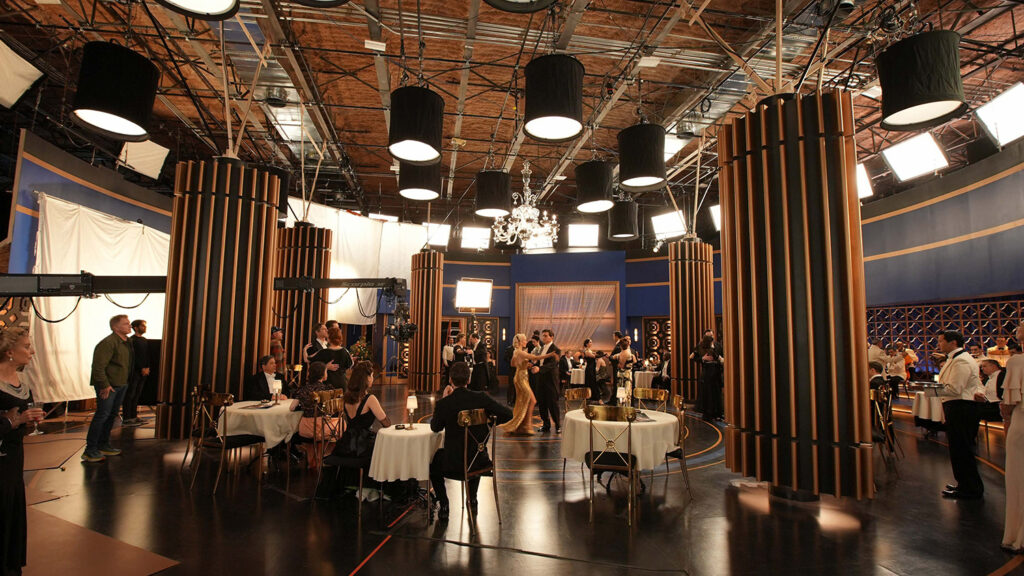
Schliessler recollects that one of his first challenges in pre-production was to determine how best to capture the distinct, vibrant and saturated colour quality of the three-strip Technicolor look. “Of course, in a dream world, we could have used the original Technicolor cameras, but that was an unrealistic dream. My first thought was, could I achieve the look using 35mm film, but then I realised I’d have to push all the colours in the DI, and it became clear that I’d get the best results using digital.”
So began an in-depth testing process in collaboration with DI Colourist Stefan Sonnenfeld who crafted a LUT that could closely emulate the characteristics of three-strip Technicolor. This was tested on the Sony Venice 2, Alexa Mini LF and Arri 35 on a test stage with proposed paint colour samples, makeup and costumes provided by Atwood and co-costume designer Christine Cantella.
“Most importantly, I was looking for how the cameras reproduced the beautiful, creamy, almost glowing skin quality of Technicolor movies against the vibrant set and wardrobe colours. We went through many days of testing between the set colours and adjusting the LUT until we found the right combination that would work synergistically to provide our desired results.”
Different lens options were also tested extensively with Schliessler receiving recommendations from his 1st AC Basil Smith and the teams at TCS Brooklyn and Keslow Camera. For the Technicolor emulation process “it was crucial to have lenses that delivered sharp focus edge to edge with minimal distortion. If a lens distorted even slightly, one or more of the colour channels could appear misaligned at the edges and would cause colour fringing. I love the imperfection of some vintage glass, but in this case, I was looking for perfection with a vintage feel.”
“The only approved lenses for the original Technicolor Cameras were Cooke Speed Panchros, so I was thrilled when the Cooke Speed Panchro/i Classic FF Prime lenses paired with the Venice 2 camera gave us the most authentic look and they’ve quickly become a new go-to when choosing lenses for shooting large format”
“Cooke lenses render skin tones beautifully. They have a natural warmth in the highlights while retaining rich black tones. They also have a distinct, smooth lower contrast quality with a natural focus fall off that creates a very filmic look when using digital cameras. They were the perfect choice for this project as they deliver sharp focus edge to edge with minimal distortion, and capture skin tones in a way that is both beautiful and natural, which were the main characteristics of the Technicolor look.”
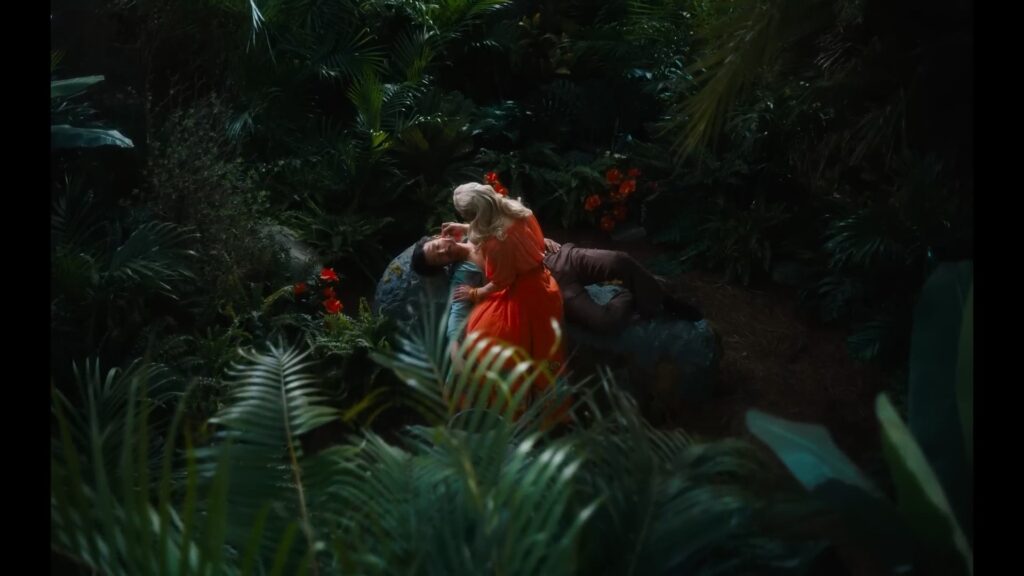
In contrast to the Technicolor world, Schliessler wanted to portray the prison life in Argentina as raw and gritty. He explored shooting on 16mm but the reality of shipping film from Uruguay to Los Angeles with no direct flight proved to be very risky and not practical under a tight shooting schedule. More testing of all the digital camera and lens options available led to the DP opting for the Alexa Mini LF paired with the Arri LF DNA lenses for these sequences.
Schliessler stresses the importance of communicating your lighting needs for sets and locations to the production designer as soon as possible in pre-production. “Early in my career, I learned the hard way when I waited too long and it would be too difficult or costly to make changes once the sets were built. With that lesson always in mind, I spent a lot of time up front working with Scott Chambliss (production designer) to communicate my lighting needs and test paint colours for the sets that would work with our digital capture and LUTs.”
Quick to sing the praises of his crew, Schliessler feels fortunate to have worked once again with Broadway lighting designer super-duo Jules Fisher and Peggy Eisenhauer on two of the musical numbers having previously collaborated with them on ‘Dreamgirls’ and ‘Beauty and the Beast’. “Their vast knowledge and expertise in theatrical lighting is unmatched. They’re a dream to work with.”
“I’ve been very lucky throughout my career to have worked with some of the best gaffers and key grips in our industry and was very excited to work for the first time with gaffer Ken Shibata and key grip Greg Cahill. They were always by my side, offering brilliant ideas and creative solutions to every obstacle that came our way. Since I mainly used LED light fixtures, my lighting programmer, Carter Bissell, was also crucial to bringing the visual elements of this film alive. Carter worked right next to me in the DIT tent alongside my DIT Zack Sainz, so that I could communicate with him quickly and make adjustments to the levels and colours from my calibrated monitor.”
“One of the characteristics of lighting for Technicolor cameras, which had a very low ASA due to the loss of light caused by the beam-splitting prism, meant cinematographers often had to rely on hard light to achieve proper exposure. This created a very distinctive visual style. While I love a soft light source, I had to push myself at times to use hard light to stay true to the era. The smooth and lower contrast of the Cooke Panchro/i Classic FF Prime lenses handled the hard light beautifully.”
The production shot all the Technicolor sequences and musical numbers on stages in New Jersey with Erik and Oliver Schietinger at TCS servicing the job out of Brooklyn, NY. The Argentinian Prison, and the city’s interiors and exteriors, were shot on location and stages in Montevideo, Uruguay.
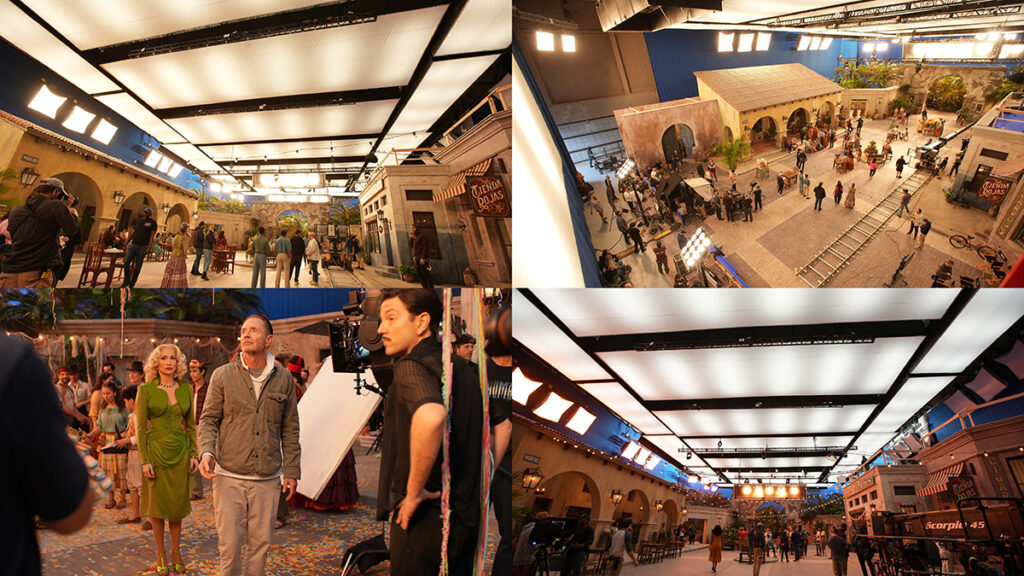
“Bill Condon always creates a friendly and inspiring atmosphere on set. There’s nothing better than shooting musical numbers and seeing the magic unfold in front of your eyes, but of course, there were challenges along the way. I would say our biggest hurdle was time. We shot all the musical numbers back-to-back in 18 days, which meant pre-lighting multiple sets simultaneously as we were shooting on a different stage. Another challenge was capturing the musical numbers in long master takes without any cuts. This added a lot of extra pressure on my camera crew and dolly grip. Everyone had to be completely in sync, which made every take feel high-stakes when they called Action.”
“The precision required for our complex musical sequences wouldn’t have been possible without my 1st AC Basil Smith, whose focus-pulling expertise was imperative for the intricate camera movements we designed. As with any film, you are only as good as your crew, and I was lucky to have such top-tier support throughout—both with my core team and when we moved to Uruguay for location work. The Uruguayan crew integrated seamlessly with our established workflow, maintaining the same collaborative spirit and high standards.”
Most of the Technicolor sequences were shot single camera to stay authentic to how movies in the 1940s and 50s were made. The hero focal lengths were the 40mm and 50mm with the occasional use of a 75mm for close-ups. In contrast for the prison scenes “We shot every scene with two handheld cameras on Easy Rigs, often cross-shooting for simultaneous coverage of both actors while giving them complete freedom to move within the confines of the cell. It was physically demanding work for the boom operators and my camera operators, carrying the cameras and Easy Rigs often for 12 hours a day, but their dedication was essential to capturing the intimate, claustrophobic feeling we needed for those scenes.”
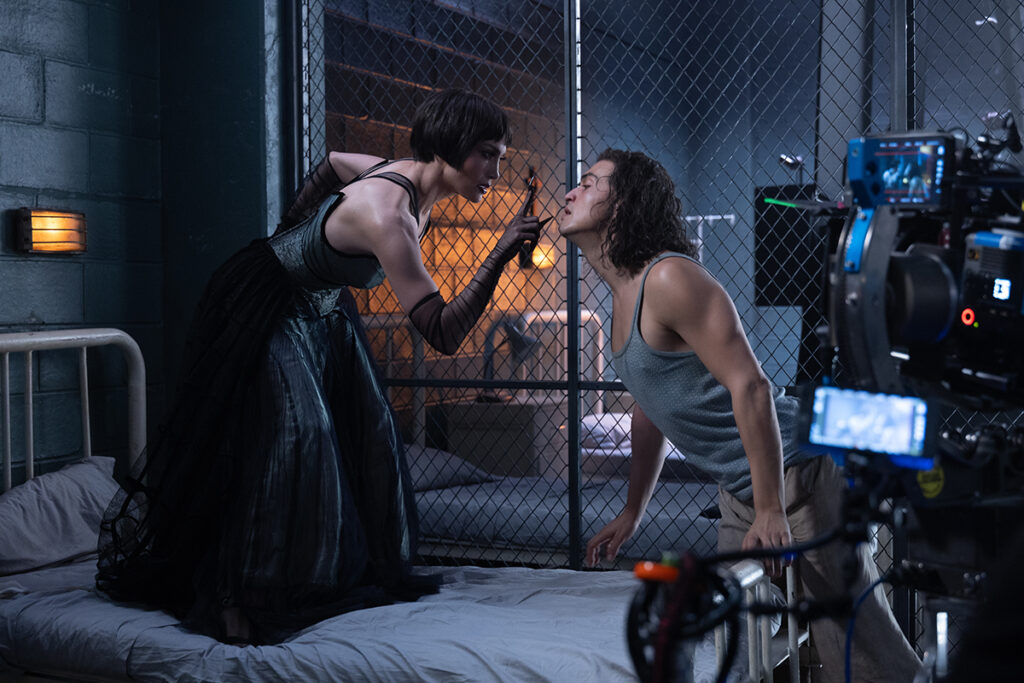
The cell was built on stage, but all the other prison scenes were shot in an abandoned prison in Montevideo. It was so dilapidated and broken down that many areas were closed off to the crew for safety precautions, which made it extremely difficult to get lights in certain positions. Luckily, Schliessler had “an amazing grip and electric crew in Uruguay who always worked toward finding solutions to these problems.”
“Bill Condon and I have been collaborating for many years now, so when he approached me about ‘Kiss Of The Spider Woman’, it was an easy yes. From the moment he shared the script with me, I was captivated and energised by the visual possibilities it presented. Over the years, we’ve worked together across many different genres, but musicals have always brought out our greatest creative joy—and this film was no exception. Bill’s passion and talent as a filmmaker make every collaboration with him a true honour, and after all this time, his continued trust in me is something I deeply cherish.”
